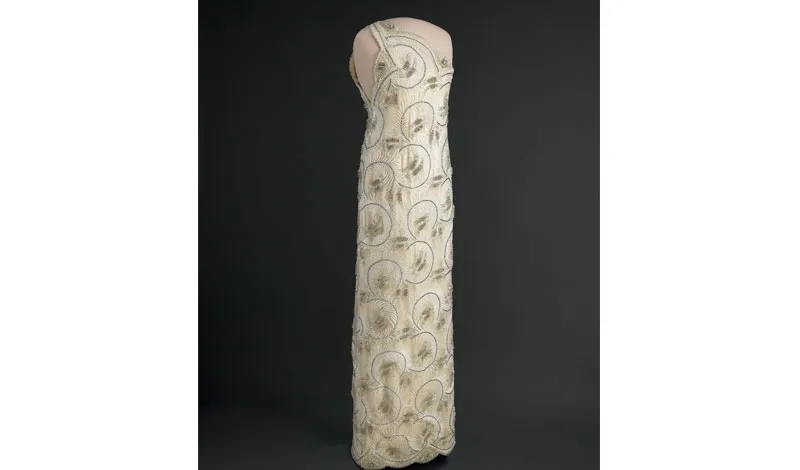How Nancy Reagan Made Her Mark on the White House
A curator at the American History Museum reflects on the First Lady’s impact on Washington
:focal(396x102:397x103)/https://tf-cmsv2-smithsonianmag-media.s3.amazonaws.com/filer/5f/17/5f179922-6517-48ed-b722-c2ce69921239/nancy-reagan-resize.jpg)
Former First Lady Nancy Reagan, who died at the age of 94 on Sunday, got a rocky start at the White House. The public perceived her as being too concerned with glamor, tone deaf to the economic plight many Americans were facing, shares Lisa Kathleen Graddy, the curator of “The First Ladies at the Smithsonian” at the National Museum of American History.
Reagan was used to public scrutiny, though, as she had been the First Lady of California for eight years. “She talked of having to adjust to people who don’t know you talk about you and to not taking things personally,” says Graddy.
In what Graddy terms an “absolutely amazing piece of image management,” the first lady not only recognized that she had set off on the wrong foot with the American public, but found a way to change her image. In 1982, at the annual Gridiron dinner (a major Washington event for the press and politicos), Reagan sang ''Secondhand Clothes,'' a self-effacing ditty to the tune of Barbra Streisand's ''Secondhand Rose,” that poked fun at her expensive taste in fashion. Her charitable work also made more accessible to the public; she was most passionate about her "Just Say No" anti-drug campaign.

Graddy, who has been the curator of First Ladies Collection since 2003, says that former first lady was, at the same time, a very traditional and influential first lady. Reagan assumed a significant role in the White House, but she did so in a very quiet way.
“You wouldn’t know that looking in, but people inside the White House were aware of her influence and deep involvement and understanding of what was going on in the administration,” Graddy says. “She was the president’s chief supporter, the president’s chief protector and chief advisor in a number of ways.”
Reagan's deep partnership with her husband came into focus when she published, I Love You, Ronnie: The Letters of Ronald Reagan to Nancy Reagan, in 2001.
“It took people awhile to understand the incredible depth of the Reagans' relationship with each other, and she was so much a part of his decision-making and daily life in the White House,” says Graddy. “We only know the portion we see in the public events, and it takes us much longer to learn what was going on the rest of the time."
/https://tf-cmsv2-smithsonianmag-media.s3.amazonaws.com/filer/6e/62/6e629420-4ffb-4fb0-8968-f106416d9335/mg31-800.jpg)
The assassination attempt on her husband in 1981, shortly after he assumed office, haunted her throughout his presidency. For Graddy, her ability to endure her fear that he would be shot again, shows her character.
“One of the things I can never get out of my head when I think of Nancy Reagan is the strength she had to continue in that job when you think that her husband nearly died months into his presidency,” Graddy says. “Every time he left the house, she was fearful and how could she not be? Just the amazing fortitude to live through that and be strong for him and to be such a calm presence…it’s amazing to think about the levels of stress she was living with and performed so beautifully throughout it.”
Visitors to the Smithsonian's National Museum of American History can view Nancy Reagan's 1981 inaugural gown in "The First Ladies at the Smithsonian" exhibit. The institution's National Portrait Gallery is displaying a portrait of Reagan on the museum's first floor through March 28.